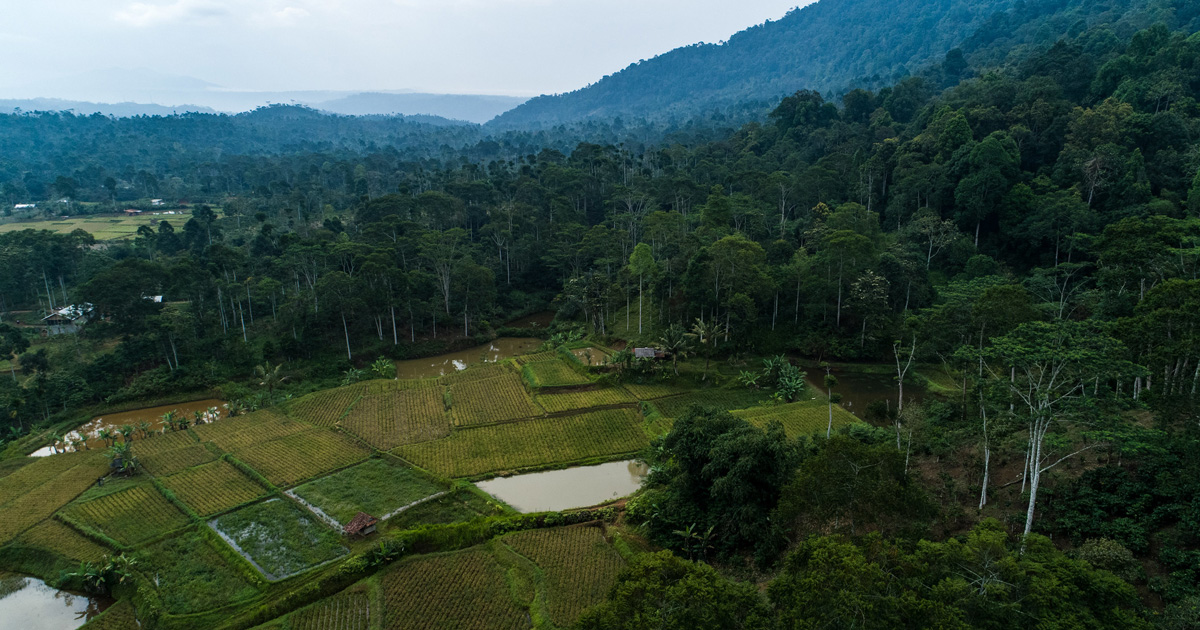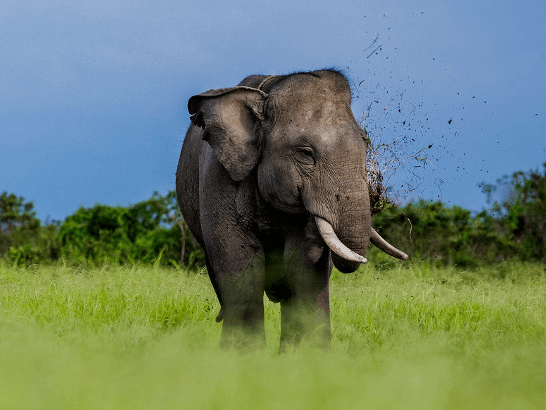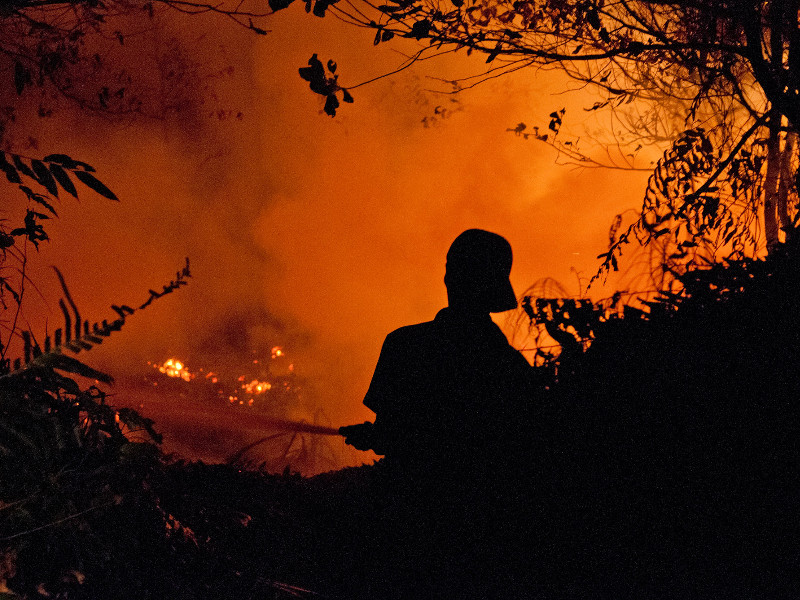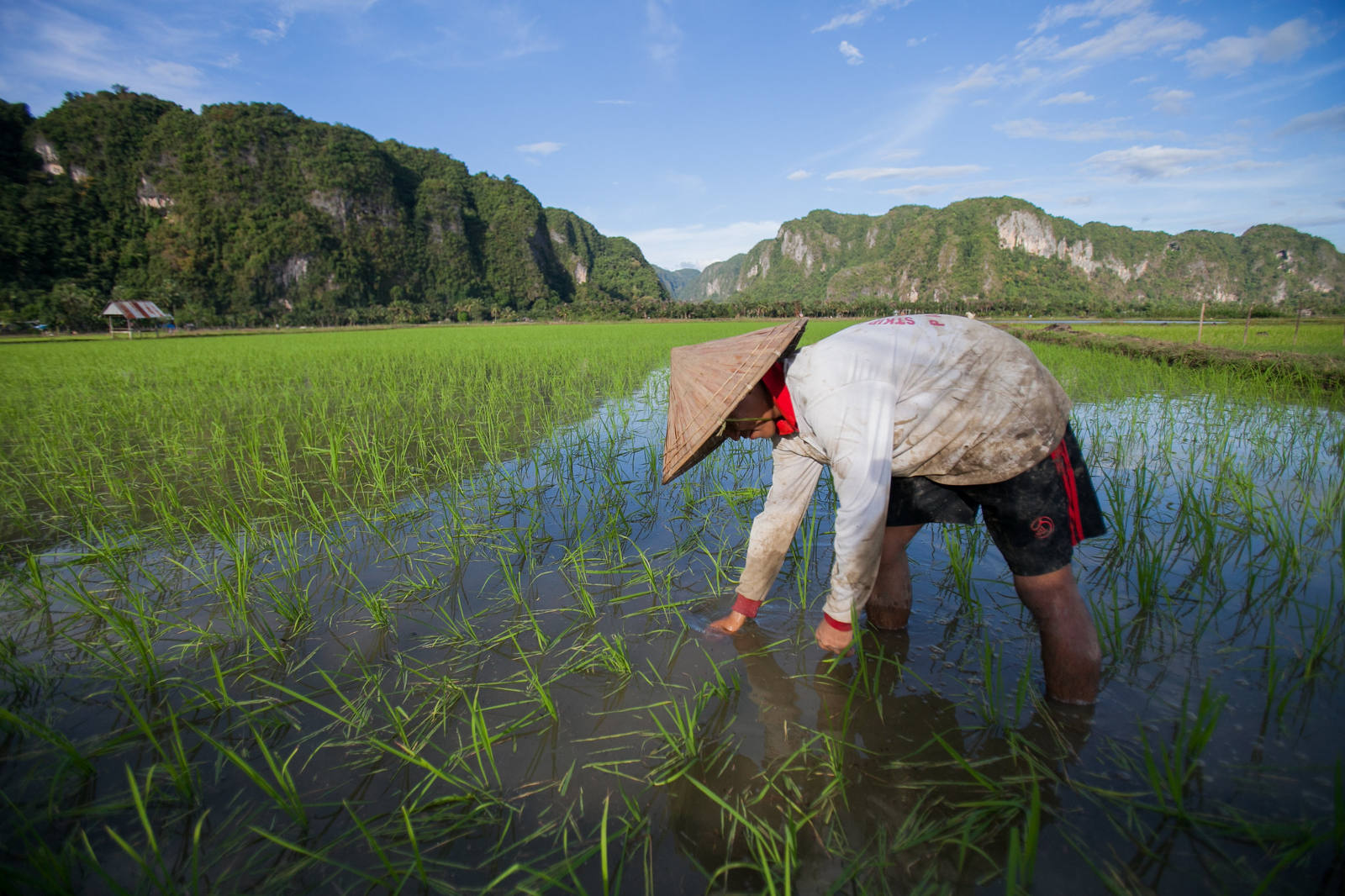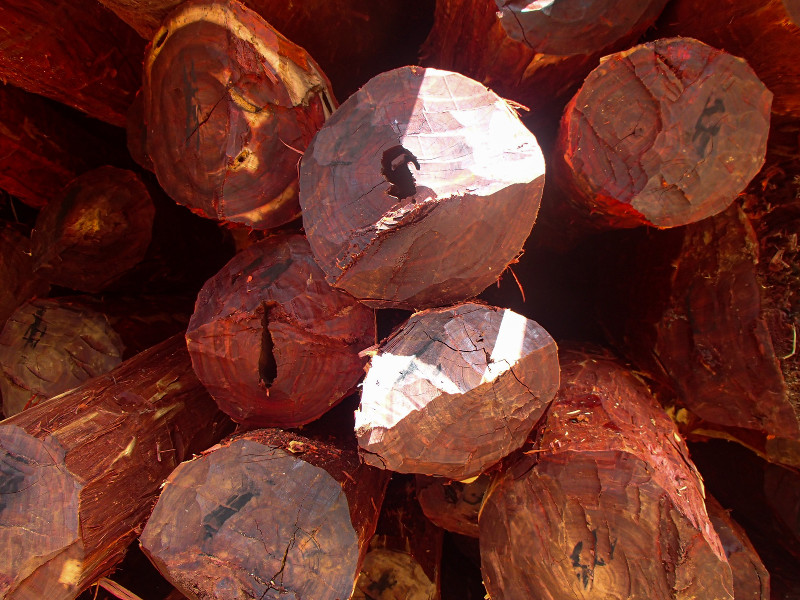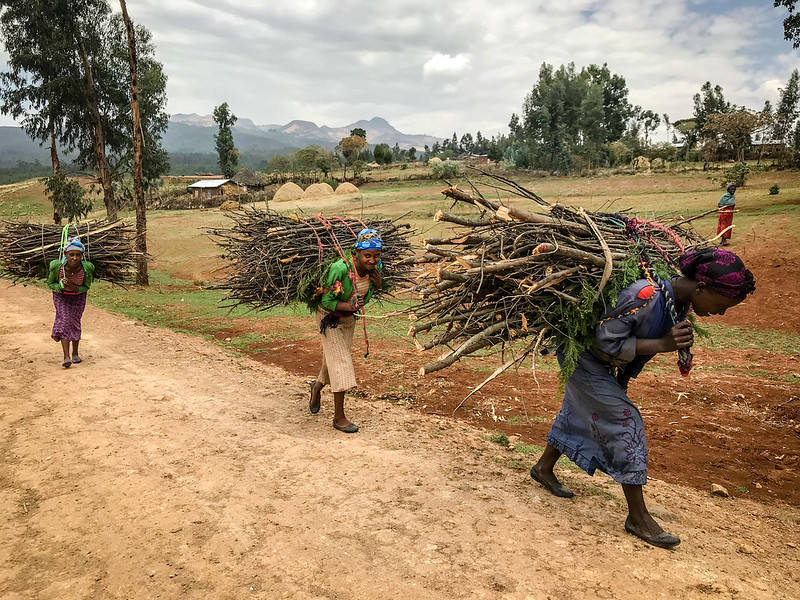The floral visitors of silky oak, Grevillea robusta A. Cunn. ex R.Br., their foraging behaviour and their effects on fruit-set were studied at Malava, western Kenya. Grevillea robusta is a popular tree for farm plantings in the eastern and central African highlands. Yield of seed has been disappointingly low in some areas and a lack of appropriate pollinators has been suggested as a possible cause. Investigations involved the monitoring of visitors on active inflorescences, assessment of the rewards available to potential pollinators, and exclusion experiments to establish the effects of various visitors on fruit-set. The flowers are visited mainly by birds and insects. The likely pollinators of G. robusta are sunbirds (Nectarinia amethystina, N. cyanolaema, N. olivacea, N. superba and N. venusta) and white-eyes (Zosterops kikuyuensis and Z. senegalensis). Very little aggressive behaviour between birds was recorded. No nocturnal pollinators were observed. Nectar was the major floral reward for pollinators, but is likely depleted by ants and honey bees, the foraging behaviour of which confirmed them to be nectar-robbers. These insects hardly ever touched stigmas during their visits. Eighty-nine per cent of bird visits were in the morning (07.00–10.00 hours) when nectar volume was highest. Inflorescences bagged to exclude birds set no fruits, and unmanipulated flowers and flowers bagged with self-pollen set no fruits, indicating a self-incompatibility mechanism. Control cross-pollinated flowers displayed greatly increased fruit-set (25.1%) compared with natural open-pollination (0.9%). All these findings confirm the importance of cross-pollen transfer to flowers and the necessity of pollinators for fruit-set. Effective seed production requires activity of pollinators for self-pollen removal and cross-pollen deposition. Seed production stands for G. robusta should be established where flowering is prolific and bird pollinators are abundant.
DOI:
https://doi.org/10.1046/j.1442-9993.2001.01139.x
Altmetric score:
Dimensions Citation Count:

Publication year
2022
Authors
Kalinganire, A.; Harwood, C.E.; Slee, M.U.; Simons, A.J.
Language
English
Keywords
grevillea robusta, pollination, seed production, fruit set, pollinators, grevillea robusta, nectarinia amethystina, zosterops kikuyuensis
Geographic
Kenya







